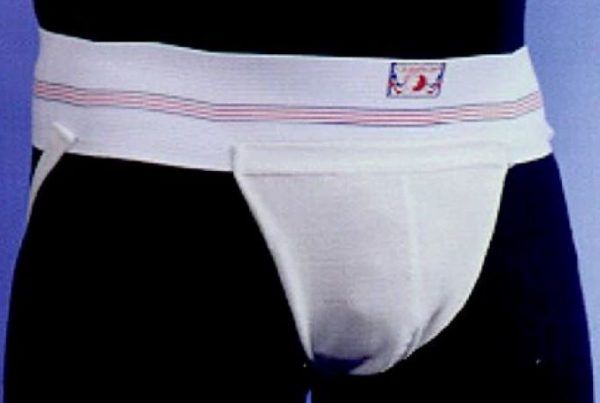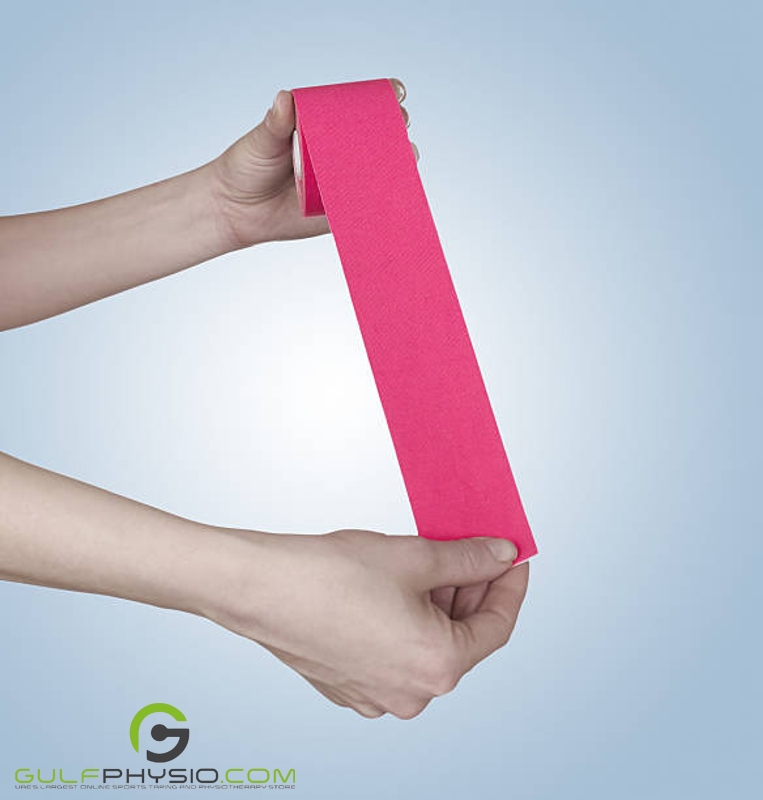
One of the most common techniques used by physiotherapists is Taping. We’ve previously discussed this topic in detail and looked into its benefits. In this article, we’re going to talk about taping as a means to improve joint stability.
The Importance of Joint Stability

The joints are important parts of the body that are responsible for movement while simultaneously holding the bones together. Joint stability ensures that the joint can extend to its full range of motion, and will fall back to its natural state after a movement. When the joints undergo stress and trauma it weakens, and could result in joint instability.
What causes Joint Instability?
As mentioned earlier, joint instability is most likely caused by stress and trauma. The sources of these stressors may vary, but the five most common causes according to the Integrated Rehabilitation Services Website are the following:
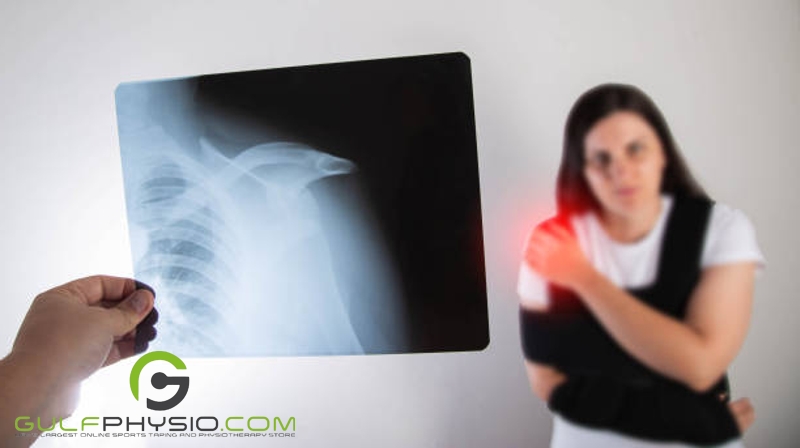
- Repeat Joint Dislocations – Dislocation is the displacement of a joint from the bone. When the joint becomes dislocated, it tears the ligaments, tendons, tissues, nerves, and other organs surrounding it. This significantly weakens the joint and makes it more prone to injury.

- Repetitive Motions From Playing Sports – Sports that require repetitive motions such as baseball, running, and tennis are more likely to strain the same joints over and over again. Over time this repeated strain causes significant damage to the area leading to joint instability.
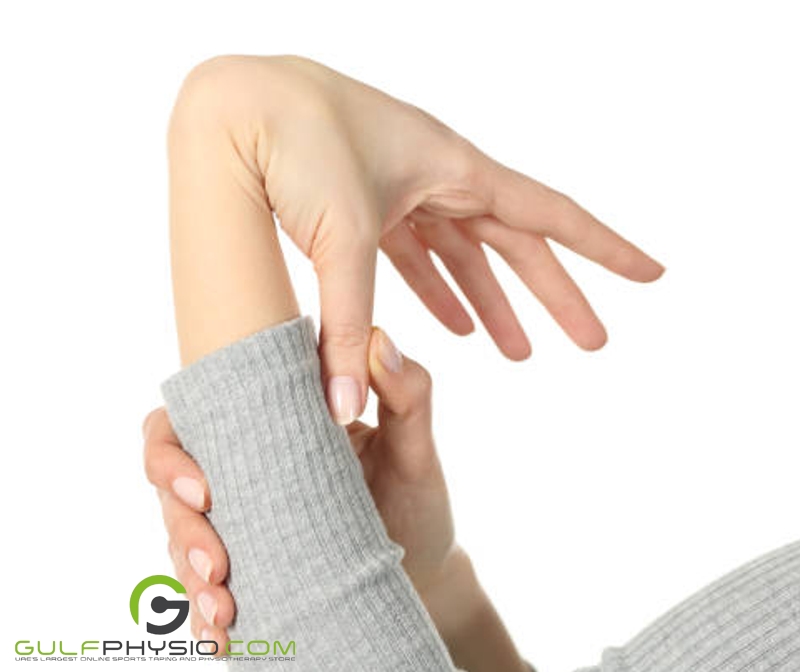
- Congenital Abnormalities (Birth Defects)- In some cases, joint instability is the direct result of congenital abnormalities. These include disorders that fall under Ehlers-Danlos Syndrome, which affects the connective tissues of the body and, in many cases, causes “hypermobility” of the joints.

- Slower Development of the Tendons and Ligaments (Primarily Affects Children and Teens) – Children are constantly growing, especially in adolescence. Before reaching puberty, kids grow an average of 2.5 inches annually. In some cases, there is a delay in the development of the tendons and ligaments, leaving them more vulnerable to injury and joint instability.
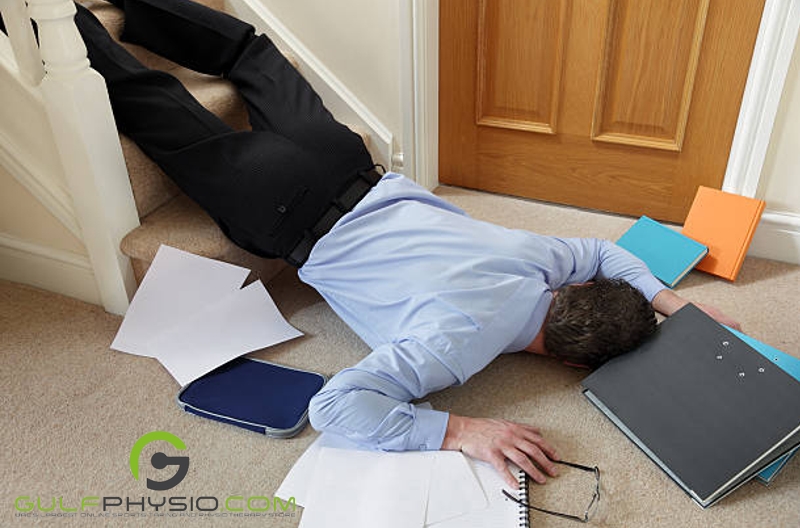
- Sudden Falls Leading to Dislocation, Sprains, or Tears in the Ligament – As mentioned earlier, dislocations can cause serious damage to your joints and the surrounding area. The same goes for strains and tears. When there is a sudden blow to the joint, the impacted area can be damaged and come loose, leading to instability.
Taping for Joint Instability
While taping found its footing in the athletic world, it has since gained popularity in the medical field, particularly in physiotherapy. One of the more common uses for specialized tape is as support for anatomical structures.

A study on the “Effects of Kinesio Taping on Joint Position Sense of the Ankle” found that making use of Kinesio Tape helped improve joint position. Another taping method called McConnell Taping (or Patellar Taping) is an effective treatment against Patellofemoral Pain Syndrome by correcting the patellar alignment. This is achieved by using a specialized rigid tape to pull the patella from lateral to medial, effectively anchoring the patellofemoral joint.
The effects of taping as a treatment in general still require more research, but the available handful that is available highlights the effectiveness of multiple types of tape as a treatment for different cases that involve joint instability.
Our Thoughts
Joints are crucial for movement and holding bones together. Stress and trauma can weaken our joints, leading to joint instability. The causes of joint instability can vary from injury to having a congenital condition. Taping, a technique used in physiotherapy, has gained popularity for its accessibility and effectiveness in treatments, such as support for anatomical structures. While it requires more research, the available evidence highlights the effectiveness of various types of tape in treating joint instability.
If you want to know more about sports and taping, read our articles “Taping: A Beginners Guide” and “The History and Evolution of Athletic Taping” or learn more from our blog here.
Disclaimer
GulfPhysio.com and all of its content are for informational purposes only. All information is believed to be accurate at the time of posting and should NOT be construed as professional medical advice. Please seek a medical professional in the event of pain or injury.



